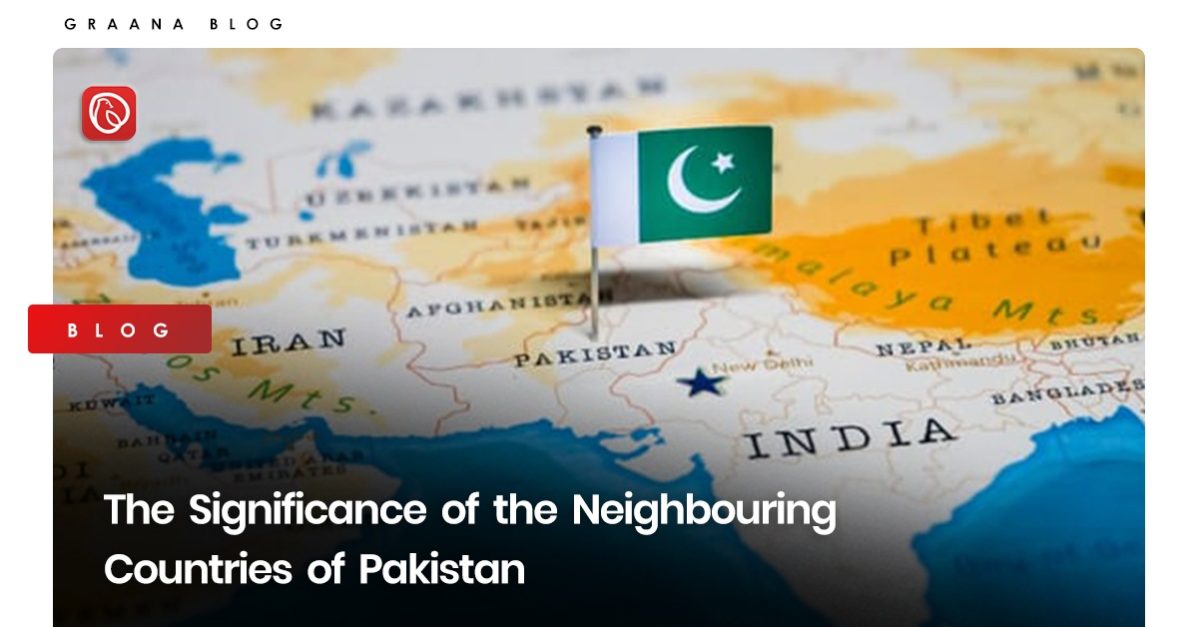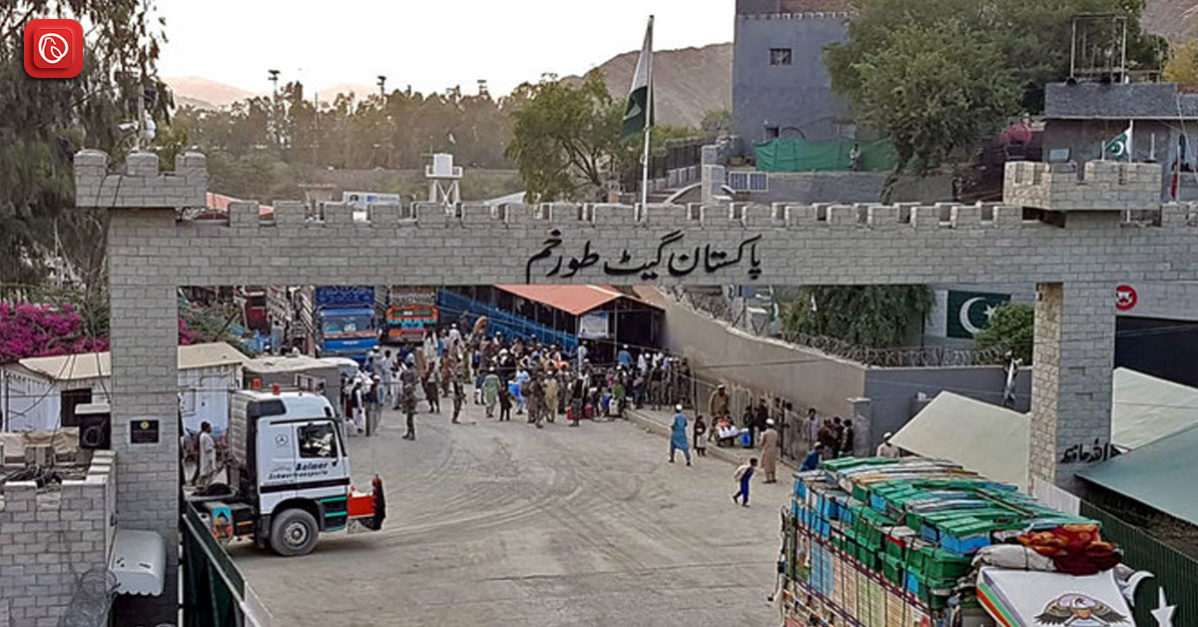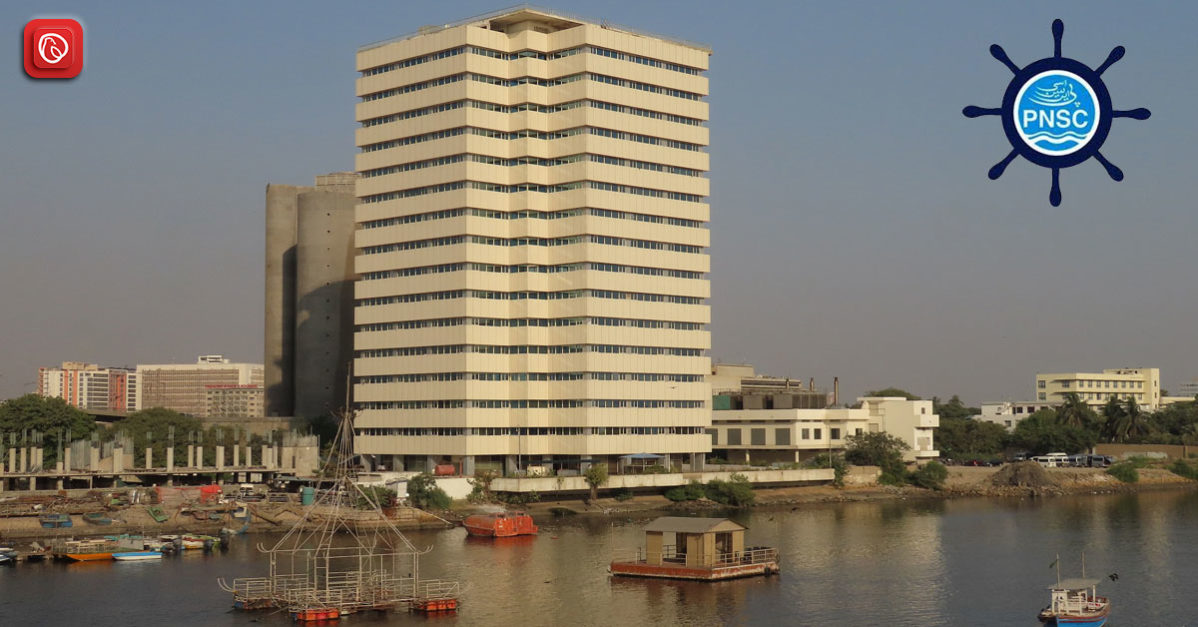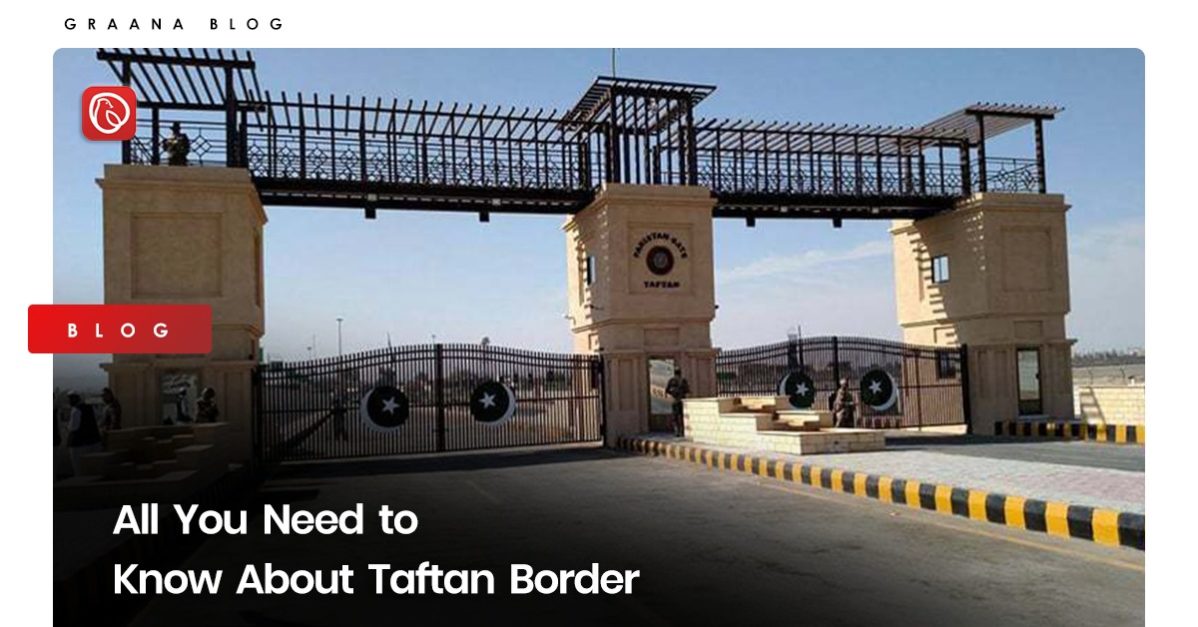Located in South Asia, Pakistan covers an area of approximately 340,509 square miles. The four neighbouring countries of Pakistan are India, Afghanistan, Iran, and China. The total length of Pakistan’s land borders is approximately 4,344.1 miles. These neighbouring countries have had a significant impact on Pakistan’s culture, politics, and trade, and continue to play an important role in the country’s relations with the rest of the world.
Each of these countries has its own unique geography, culture, and history. Graana.com has prepared a detailed guide on each of the neighbouring countries of Pakistan below.
The Afghanistan-Pakistan Border: Durand Line
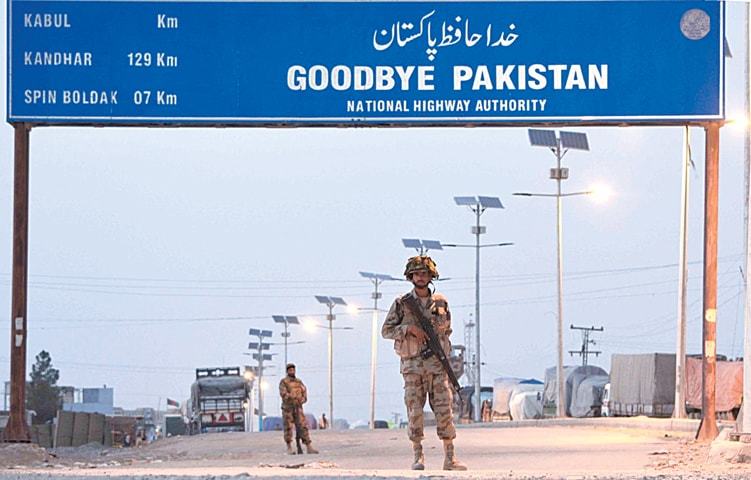
Afghanistan is the neighbouring country of Pakistan. The Afghanistan-Pakistan border, also known as the Durand Line, stretches for a distance of 2,430 km (1,509.9 mi) and runs from the Hindu Kush mountain range to the Pamir Mountains.
The Wakhan Corridor
In addition to the Durand Line, there is also a narrow strip of Afghanistan territory called the Wakhan Corridor that extends between Pakistan and Tajikistan. This corridor is around 100 km long and was created in the 19th century to provide a buffer zone between the British and Russian empires.
Today, the Wakhan Corridor is a remote and sparsely populated area that is known for its rugged beauty and cultural significance.
History of the Durand Line
The Durand Line was drawn as part of the Durand Agreement, which was signed between the British and Afghan governments in 1893. This was intended to establish the border between the two countries and was named after the British diplomat Sir Mortimer Durand, who negotiated the deal.
The Durand Line has been a source of tension between Afghanistan and Pakistan since it was first drawn. Afghanistan has never recognised the line as an official border and has long claimed that parts of Pakistan’s tribal areas are rightfully Afghan territory.
Importance of the Durand Line
The Durand Line is an important political and strategic boundary that separates Afghanistan and Pakistan. It is also a major trade route and both countries exchange several goods.
Despite its importance, the Durand Line has been the site of the ongoing conflict in recent years. It has been the target of militant attacks and has also been used as a transit point for illegal activities such as drug trafficking.
The China-Pakistan Border: A 596-km Connection
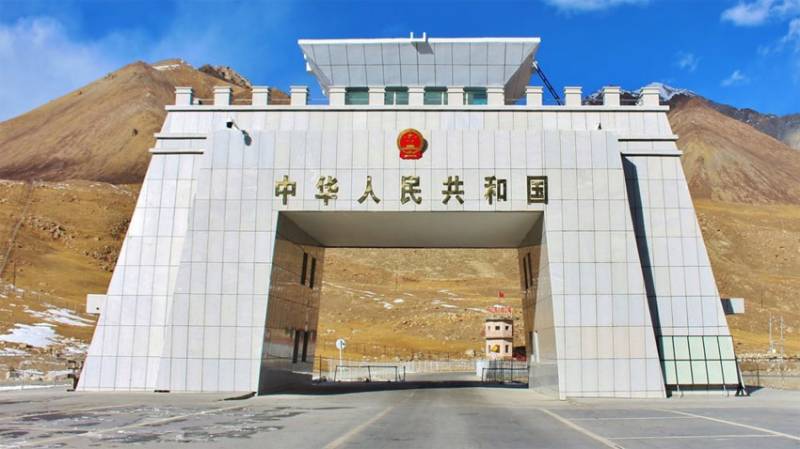
The China-Pakistan border stretches for a distance of 596 km (370 mi) and runs from west to east, starting at the tripoint with Afghanistan and ending at the disputed tripoint with India in the vicinity of the Siachen Glacier. This border traverses the Karakoram Mountains, the world’s second-highest mountain range.
Location and Administrative Divisions
The China-Pakistan border passes through the Hunza District, Shigar District, and Ghanche District in the Gilgit-Baltistan Administrative Territory of Pakistan. On the China side, it borders the Taxkorgan Tajik Autonomous County and Kargilik/Yecheng County in Kashgar Prefecture, Xinjiang Uygur Autonomous Region.
Importance of the China-Pakistan Border
The China-Pakistan border is an important connection between the two countries and serves as a gateway for trade and cultural exchange. In recent years, the border is becoming even more significant due to the construction of the China-Pakistan Economic Corridor (CPEC). It is a network of infrastructure projects designed to connect the two countries.
The CPEC is a key part of China’s Belt and Road Initiative, which aims to boost economic development in the region by creating new trade routes and connecting countries through infrastructure projects. The China-Pakistan border is an important link in this initiative, as it will serve as a transit route for goods moving between China and the Middle East, Africa, and Europe.
Security Concerns
Despite its importance, the China-Pakistan border has also been the site of security concerns in recent years. To address this, both China and Pakistan have increased their cooperation on border security.
It has implemented measures such as increased patrols and the construction of security infrastructure. These efforts have helped to reduce the threat of attacks and other illegal activities in the border region.
Future of the China-Pakistan Border
As the China-Pakistan Economic Corridor continues to develop and the Belt and Road Initiative expands. It is likely that the China-Pakistan border will become even more important in the coming years.
It will continue to serve as a vital link between the two countries. Overall, it is a crucial connection that has the potential to drive economic growth and cultural exchange between the two countries.
The India-Pakistan Border: A Line of Control
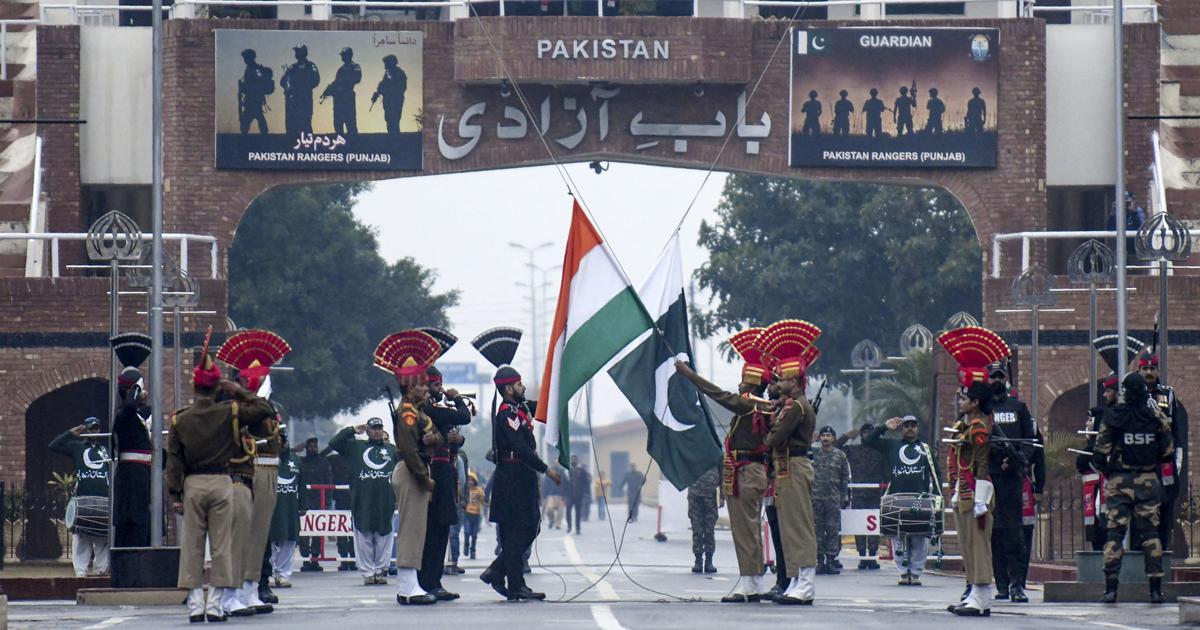
The India-Pakistan border is the longest and most heavily militarised border in the world. The distance between both boarders is 2,900 km (1,800 mi). The border runs from the Arabian Sea in the south to the Karakoram Mountains in the north. It is divided into two main parts: the Line of Control (LoC) in the north.
It separates Indian-administered and Pakistan-administered Kashmir, and the Working Boundary in the south, which separates the two countries in the Punjab region.
The LoC was created in 1972 as a result of the Simla Agreement between India and Pakistan, which ended the 1971 war between the two countries. The LoC is not an official international border and is not recognised by either side as a permanent boundary.
History of the India-Pakistan Border
The India-Pakistan border has a long and complex history. The region was ruled by various empires and dynasties before the British colonised India in the 19th century. When the British withdrew from India in 1947, they divided the country into two separate states: India and Pakistan.
This division was based on religious lines, with the majority Hindu of areas becoming part of India and the majority of Muslim areas becoming part of Pakistan.
The division of India and the creation of Pakistan led to widespread violence and displacement. Millions of Hindus and Muslims migrated across the new border. The border has been the site of numerous conflicts.
The wars between the two countries, including the 1947-1948 war, the 1965 war. The 1971 war. The two countries are still involved in ongoing disputes over Kashmir. It has been a flashpoint for conflict for decades.
Importance of the India-Pakistan Border
The India-Pakistan border is an important political and strategic boundary that separates the two countries. It is also a major trade route, with several crossing points where both countries exchange goods.
Despite the ongoing tensions and conflicts, the border is also an important cultural and social link between the two countries.
The Pakistan-Iran Border: A 959-km Connection
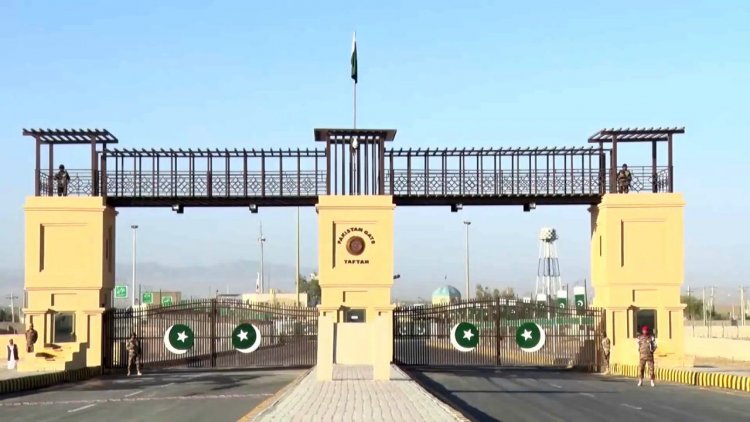
Iran’s border is among Pakistan’s neighbouring countries. The Pakistan-Iran border stretches for a distance of 959 km (595.9 mi). It was first delimited by a British commission in the same year as the Durand Line. Modern Iran has a province called Sistan va Balochistan that borders Pakistan and has a majority of ethnic Baluchis.
The Pakistan-Iran Frontier Agreement
In 1957, Pakistan signed a frontier agreement with Iran in Rawalpindi, which officially declared the border between the two countries. Since this agreement was signed, the border has not been a subject of a serious dispute.
Importance of the Pakistan-Iran Border
The Pakistan-Iran border is an important connection between the two countries. It serves as a gateway for trade and cultural exchange. Pakistan and Iran have a rich history. They share many cultural similarities, making the border region an important bridge between the two nations.
Future of the Pakistan-Iran Border
As relations between Pakistan and Iran continue to strengthen, it is likely that the Pakistan-Iran border will become even more important in the coming years. The border will continue to serve as a vital link between the two countries. It will play a key role in the economic development of the region.
If you want to know more about Pakistan’s biggest trade Port, visit Graana blog.
FAQs
Here are some FAQs related to Neighboring Countries of Pakistan
What are the neighboring countries of Pakistan?
Pakistan shares its borders with the following neighboring countries: Afghanistan, Iran, India, China, and Tajikistan.
What are the neighboring countries of Pakistan and their border length?
The neighboring countries of Pakistan and their approximate border lengths are as follows:
- Afghanistan: Approximately 2,430 kilometers
- Iran: Approximately 959 kilometers
- India: Approximately 2,912 kilometers
- China: Approximately 523 kilometers
What are the neighboring countries of Pakistan for kids?
Pakistan has several neighboring countries. The neighboring countries of Pakistan are Afghanistan, Iran, India, China, and Tajikistan.
Which are the provinces of Pakistan neighboring countries?
The provinces of Pakistan that share borders with neighboring countries are:
- Khyber Pakhtunkhwa (KP): Shares borders with Afghanistan.
- Balochistan: Shares borders with Iran and Afghanistan.
- Punjab: Shares a border with India.
- Gilgit-Baltistan (GB): Shares borders with China.
Which is the largest neighboring country?
China is the largest neighboring country of Pakistan in terms of both population and land area.
Which is the smallest neighboring country?
Tajikistan is the smallest neighboring country of Pakistan in terms of land area, as only a small portion of their border is shared.
